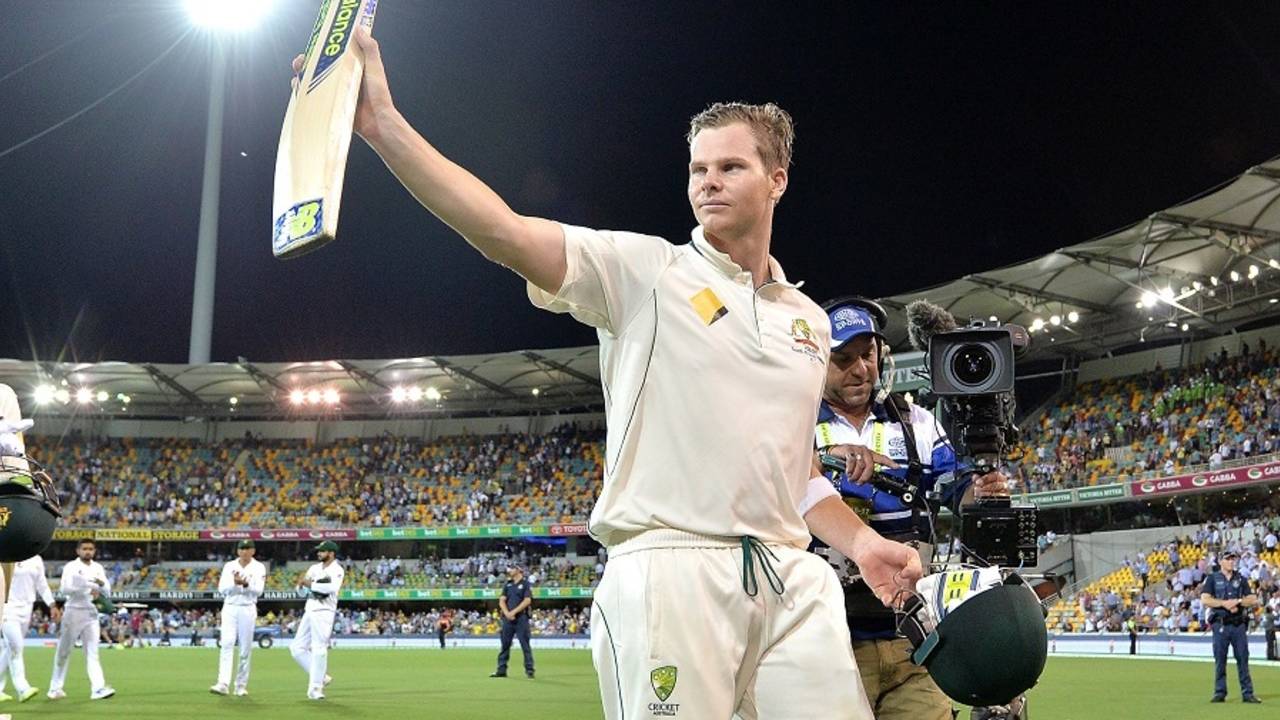The evolutions of Smith, Handscomb and Renshaw
Australia's top performers at the Gabba against Pakistan have changed, in varying degrees, from the players they had once been
Steven Smith scored his 16th Test ton as he finished the day not out on 110 • Getty Images

Brydon Coverdale is an assistant editor at ESPNcricinfo. @brydoncoverdale
